Sinharaja Rain Forest
Sinharaja rainforest has been designated as a UNESCO Natural World Heritage Site, a UNESCO Biosphere Reserve, and a Biodiversity Hotspot by the International Union for Conservation of Nature (IUCN). All these titles highlight the importance of the forest reserve in terms of its exceptional biodiversity as well as its fragility. Birding in Sinharaja is particularly interesting since it is home to 95% of the endemic birds of Sri Lanka!
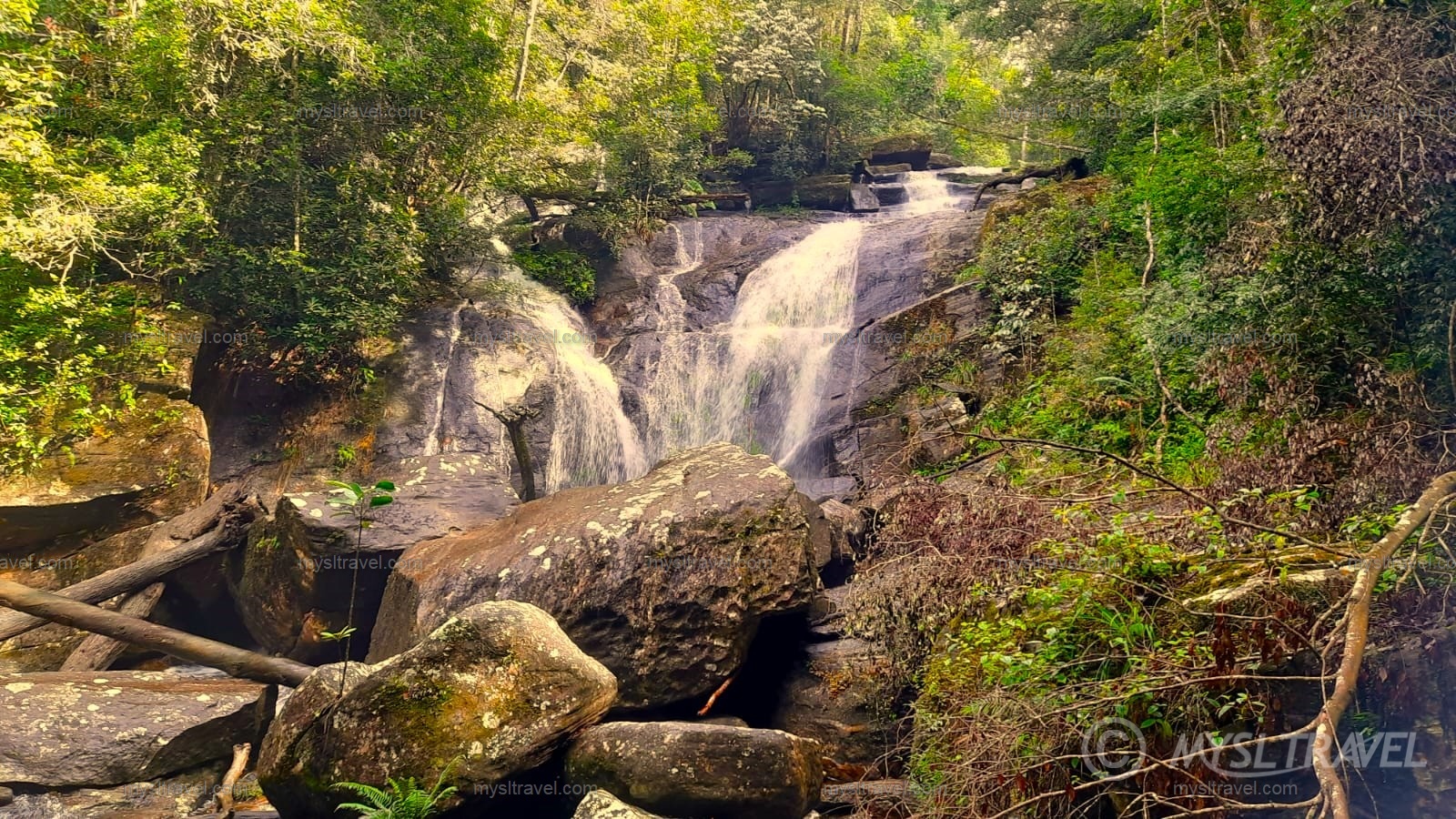
Named a world heritage site in 1989, this lowland evergreen rainforest is steeped in deep legend and mystery. In English ‘Sinharaja’ translates to Lion (Sinha) King (Raja) alluding to a widespread belief that the origin of the Sinhala people is from the union between a princess and the lion king who once lived in this forest.
Climate and Topography in Sinharaja
Sinharaja rainforest consists of a series of continuous ridges, aligned approximately in an east-west direction and lies between the tributaries of the Kalu Ganga in the north and the Gin Ganga in the south. The forest lies within the transition zone of two important groups of rock types, the south/western group which consist of metasediments-charnockites and scapolite bearing calc granulites and the highland group comprising khondalites of metamorphosed sediments and charnockites.
The elevation of the Sinharaja reserve ranges from 200m to 1300m. It has a rolling terrain consisting of a series of ridges and valleys, which assumes an east-west trend in the northwestern part of the reserve. In other parts of the reserve, the ridges and valleys assume a north-west/south-east alignment. The peak of Hinipitigala is the tallest, rising up to about 1150m. Other important ridges in the reserve ranges between 550-800m in height NamelyMoulawella (760m), Kosgulana (797m), Sinharaja (742m), Kohilearambe (575m), Dotalugala (769m), and Tibbottagala (904m).
The most significant geological feature of Sinharaja is the presence of a “Sinharaja Basic Zone” which comprises hornblende pyroclasts, basic charnockites pyroxene amphibolites and scapolite. The soils of Sinharaja largely belong to the group of Red Yellow Podzolic soils, with clearly distinguishable horizons of varying soil depths. The soil is well drained with very little accumulation of organic matter.
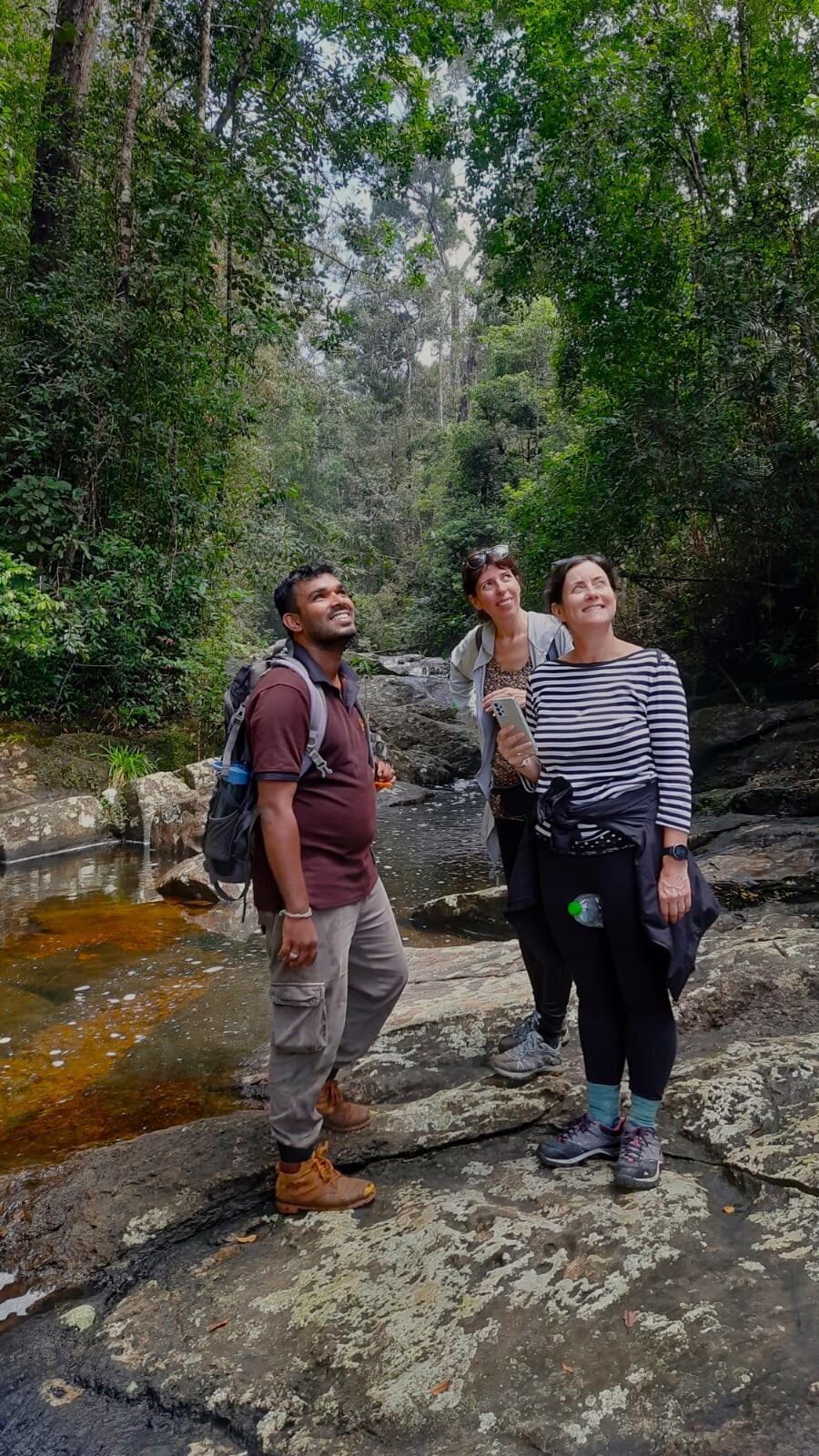
Vegetation
The vegetation of Sinharaja may be described either as a Tropical Lowland Rain Forest or Tropical Wet Evergreen Forest. Some striking characteristics of the forest are the loftiness of the dominant trees, the straightness of their bole, the abundance of regeneration and the diversity of species.
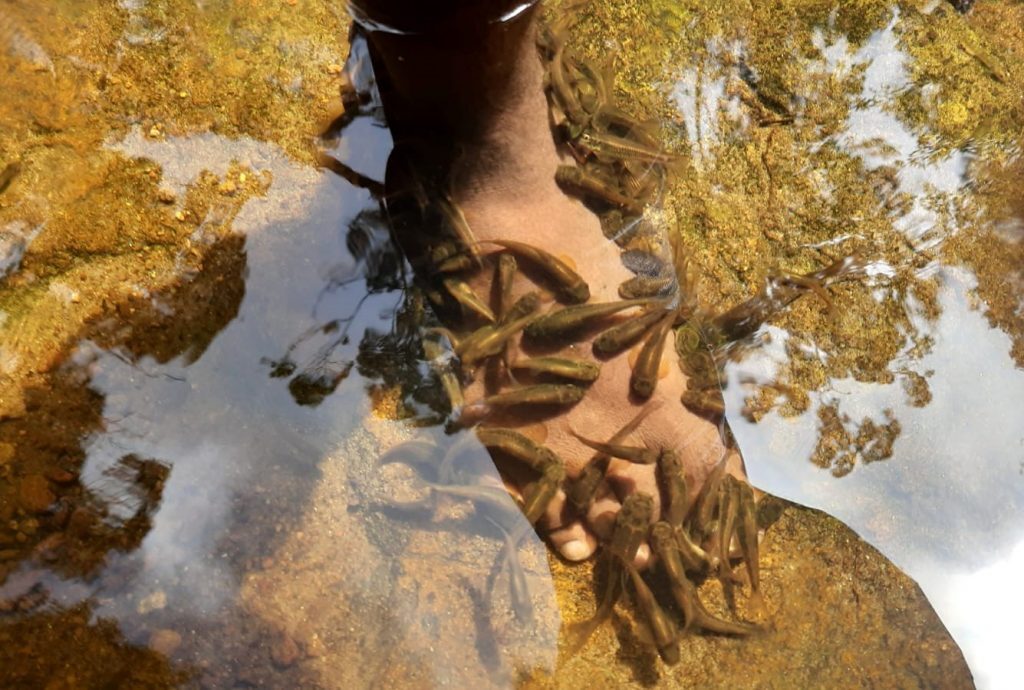
The average height of the trees varies between 35-40m. Some individuals rise up to 50m.
Contrary to popular belief scrub growth does occur on rock shelves or gaps on the canopy created by falling of over-mature trees. The great diversity of species of Sinharaja forest makes it difficult to distinguish ecological patterns. However, some tree associations have been recognized and these are the Dipterocarpus (Hora-Bu Hora) an association confined to the lower elevations along the Gin Ganga valley and the Mesua-Doona (Shorea) association forms the matrix of the Sinharaja forest.
The vegetation of Sinharaja is that of humid wet evergreen forest type with a high degree of endemism. In fact some families such as Dipterocarpaceae show an endemism more than 90%. The untapped genetic potential of Sinharaja flora is enormous. Out of the 211 woody trees and lianas so far identified within the reserve 139(66%) are endemic. Similarly, high levels of endemism are perhaps true for the lower plants like ferns, Epiphyts as well. Out of 25 general endemic to Sri Lanka 13 are represented in Sinharaja.
The total vegetation density, including trees, shrubs, herbs and seedlings has been estimated to be around 240,000 individuals per hectare, of which 95% comprise individuals of the ground layer below 1m in height. The density of trees, lianas above 30 cm girth at breast height, ranges between 600-700 individuals/ha. While the number of merchantable individuals of trees of girth greater than 150 cm. Ranges between 45-55 individuals/ha.
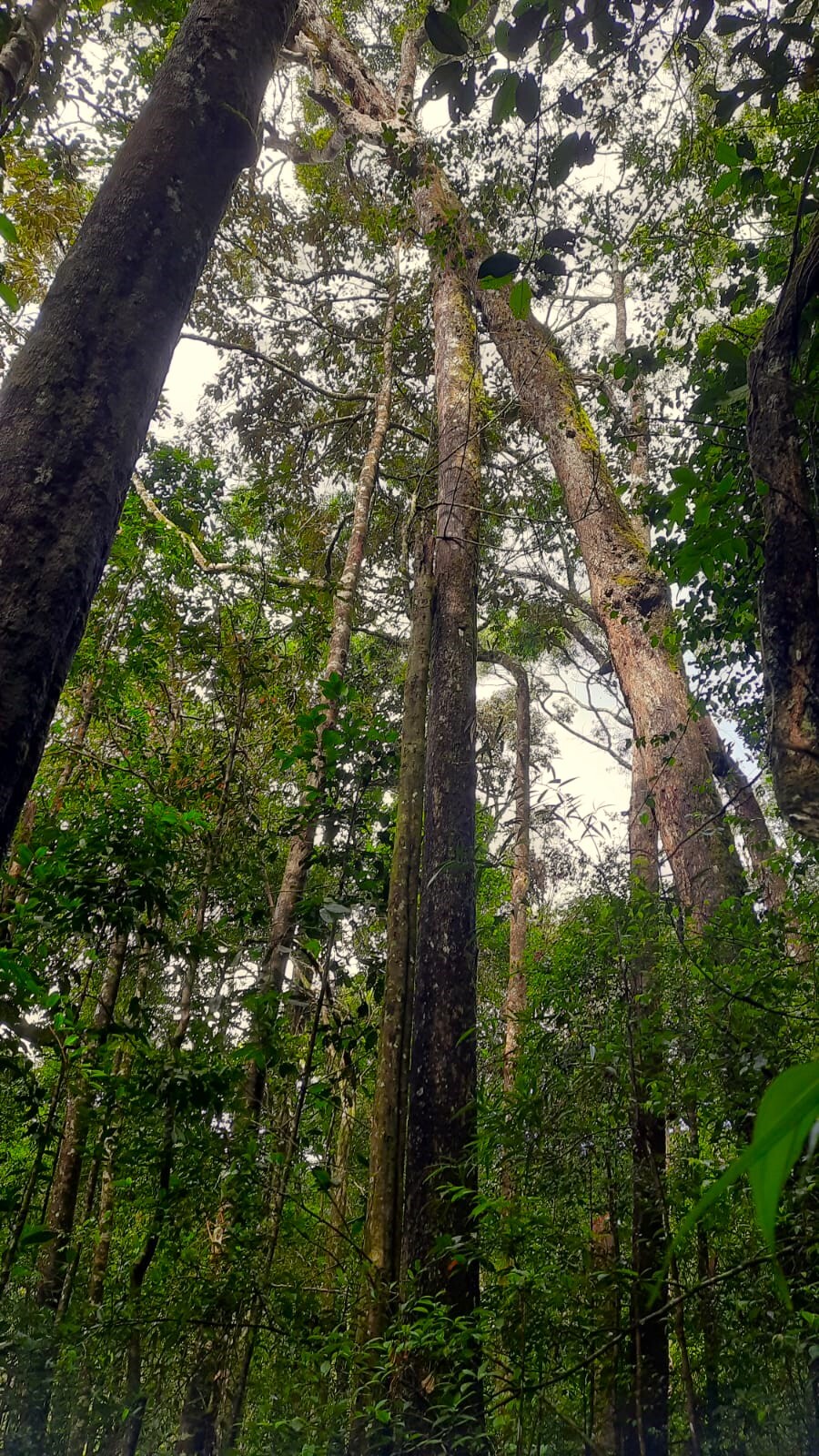
Wildlife in Sinharaja
Preliminary studies on the fauna of Sinharaja have revealed that there is a high degree of endemism among the butterflies, fish, amphibians, reptiles, birds and mammals. In fact 95%of the endemic birds of Sri Lanka are recorded in Sinharaja. Endemism among mammals and butterflies are also greater than 50%.
Out of the larger mammals, although elephants were said to be common in the past, there have not been reports of sightings during the last 15 years. However, there have been reports of sightings of a few animals in the Eastern Sector. The most common deer species is the sambhur. The mouse-deer and barking deer are also found within the reserve. Leopards are very seldom sighted, but their frequent presence has been confirmed by tracks and other signs. Brown Mongoose and the golden-palm civet have been occasionally sighted. The most commonly seen primate is the purple-faced leaf monkey.
Out of the birds recorded in the Western sector of the reserve, 72% were resident non- endemic and 13% migrants. One of the most interesting and colorful spectacles to be found in the Sinharaja is the presence of mixed species of foraging bird flocks, a phenomenon commonly found in rainforests. A total of 100 such flocks were systematically observed, and studies have revealed that some flocks contained 48 species including 12 endemic species. The rare endemic birds to be seen in Sinharaja are the red-faced malkoha, the Sri Lanka blue magpie, the ashy-headed babbler, the white-headed starling and the green-billed coucal, the rarest of Sri Lankan birds.
The agamids are the best-represented group of reptiles, the most common being the Green Garden Lizard of special significance are the sightings of Calotes liolepis an arboreal species, the rarest of all agamids found in the island. The only tortoise recorded in the reserve is the hard-shelled terrapin, while of the species of skinks, the spotted skink can be seen often. Among the snakes the green pit viper and hump- nosed viper are commonly found in this forest and are endemic to Sri Lanka.
The amphibians are fairly well represented in the reserve and nine endemic species have been identified. The endemic Torrent toad and the common house toad. In most streams and marshes, the Wrinkled frog and the Sri Lanka Reed frog are also found in Sinharaja. Ramanella palmata, a rare endemic species, is the only microhylid recorded so far while the yellow- banded Caecilian is the only apodan recorded.
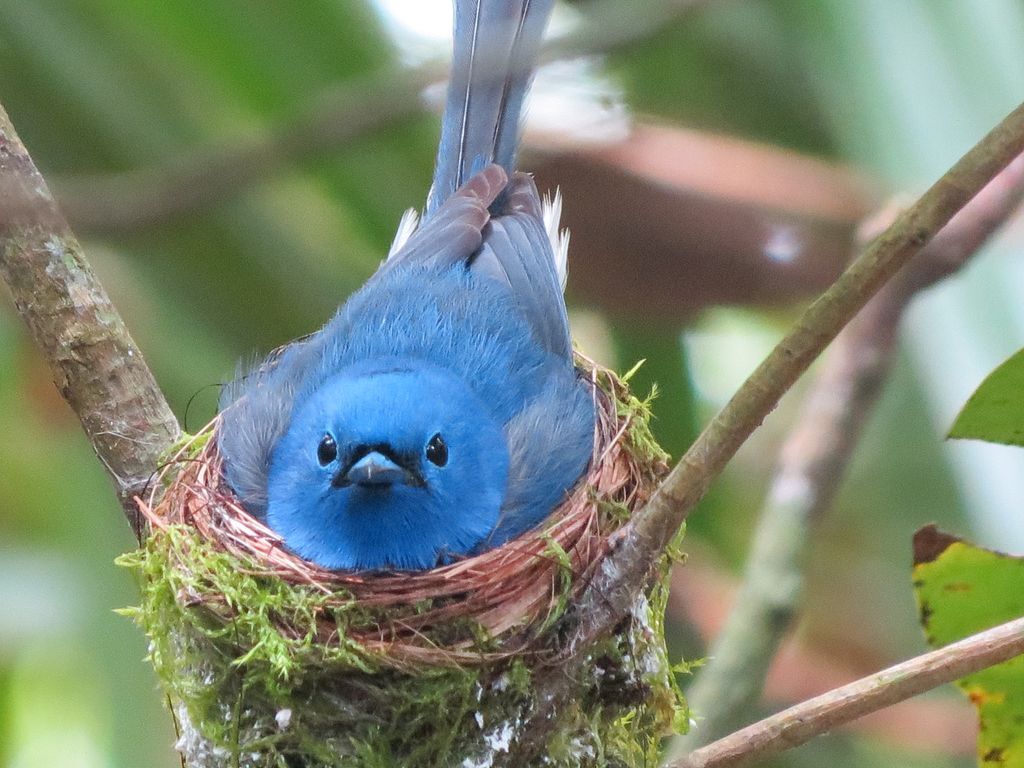
You should know
- Sinharaja rainforest is protected by Forest Ordinance and National Heritage Wilderness Area act.
- It is compulsory to obtain a permit issued by the Department of Forest Conservation and the assistance of an authorized guide to enter this reserve.
- Trespassing, collection of wild material, harming wildlife and animals, use of alcohol and drugs, disposal of various wastes, playing musical instruments, and making unnecessary noise are punishable offenses under Section 45 Authority 6 of the Forest Ordinance.
- Sinharaja rainforest is managed by the Department of Conservation under the terms of the Seven Nations World Heritage Site.
Sinharaja Vehicle Transfer

1 – 3 Travelers + Luggage

1 – 9 Travelers + Luggage
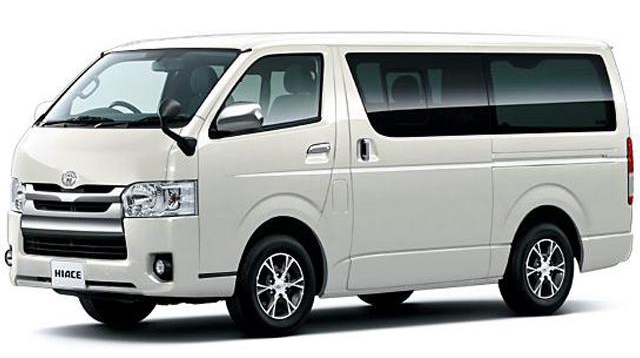
1 – 6 Travelers + Luggage

1 – 14 Travelers + Luggage
One Way Hire, Airport Transfer, Long-Term Vehicle Hire For Sri Lanka Tour Program. We have English Speaking Professional Driver Or Guide And We provide Car, Van, Minibus, and Bus